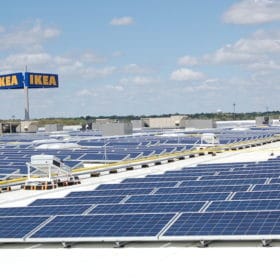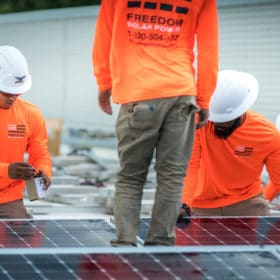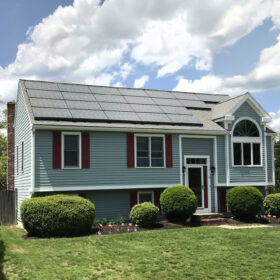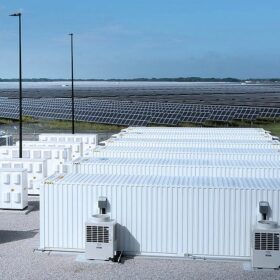From Rwanda to Riverside: How the solar industry provided new opportunities for an immigrant entrepreneur
When Covid-19 hit his small solar engineering business, CEO Methode Maniraguha said, no furloughs or layoffs — we’ll pivot.
Biden-Sanders task force calls for installing 500 million solar modules in next five years
The wide-ranging joint report includes a section: “Undoing the Harms of the Trump Administration and Righting the Wrongs.”
Morning Brief: CEI acquires 353 MW Coronal Energy portfolio, Inovateus Solar wins equity investment
Also in the brief: Clean Energy Virginia and U.S. Energy Secretary Dan Brouillette credits activists for a pair of high-profile pipeline setbacks.
Solar and storage venture capital and finance roundup
Plus a bunch of investments in carbon capture.
Ikea invests more in solar by the day
The Swedish furniture giant has announced it will be turning one of its Australian superstores into its first 100% renewably-powered solar + storage retail project. Australia is also home to the company’s first expansion of its retail solar offering, Solstråle.
Morning Brief: Making sure Black communities have access to solar power
Also in the brief: Project development galore from EDF, Pine Gate, Silver Creek, Idemitsu, and Origis Energy.
Job Moves: Amazon, DOE, Alphabet, Pattern Energy, SolarEdge, Recurrent, Brookfield, Southern Power, RMI
Executive moves in solar, storage, cleantech, utilities and energy VC
Morning Brief: NERA anti-net metering petition update, renewables top nuclear and coal again
“Reports indicate that the Taxpayers Protection Alliance, the Heartland Institute and NERA all have ties to the Koch brothers, who have funded climate denial and pro-fossil fuel campaigns for roughly three decades.”
Funding for solar inspection by drone, long-duration energy storage, and software for utilities
A roundup of recent funding in renewable energy and cleantech: Quidnet, DroneBase, Eos Energy, Urjanet, and Clir Renewables.
Morning Brief: Oil-rich Norway finds carbon capture too expensive, House’s $1.5T infrastructure bill packed with pro-solar provisions
Also in the brief: largest operational battery in the U.S., more futile carbon capture and more landfill solar















